

As the head of a creative team, you know chaos and creativity go hand in hand. You have several projects running at once, each one with a tight deadline, while juggling multiple tools and collaborating across departments.
Fortunately, controlled chaos is at your fingertips with creative project management. This framework offers processes to get your creative projects from ideation to production—without ruining the organic and innovative aspects of the design process. 👩🏽🎨
We’ll cover what creative project management is and highlight the key differences from traditional project management. You’ll learn about our favorite creative project management tools and the benefits of implementing them, plus a case study for inspiration.
- What is Creative Project Management?
- The Difference Between Creative Project Management and Traditional Project Management
- Components of Creative Project Management
- Creative Project Manager’s Responsibilities
- Process and Lifecycle of Creative Project Management
- Creative Project Management Tools and Software
- The Benefits and Challenges of Creative Project Management
- Case Study: Examples of Creative Project Management
- Common FAQs
What is Creative Project Management?
Creative project management is a structured process for planning, managing, and monitoring projects from ideation to delivery. Designed for creative teams, this framework handles everything from setting objectives, identifying key stakeholders, and streamlining workflows for all team members. 💪
Creative project management processes aim to reduce chaos and minimize the risk of issues—like scope creep, distractions, and resource constraints—delaying the project. This framework also provides a structure that guides day-to-day tasks and the entire project timeline.
Because creative project management oversees a project from start to finish, the exact framework will vary from team to team. Most management systems generally have tools to track deliverables and milestones, standard operating procedures (SOPs) for handling creative assets, and a structured decision-making hierarchy.
The Difference Between Creative Project Management and Traditional Project Management
Traditional project management is a rigid process that closely controls how work moves through the pipeline to create deliverables. On the other hand, creative project management is more flexible in promoting organic ideation. 👩💻
One clear example is manager reviews of work. For traditional project management, the review process focuses on whether the job was completed. On creative projects, reviewing tends to be more involved and hands-on.
For instance, a creative project manager annotates video projects and adds markups to design files. They may do in-depth reviews of coding for clarity and effectiveness or add feedback for revisions in content briefs.
Another critical difference is creative project managers build space in projects and processes for creative techniques. Instead of assigning a set time for a task, the manager may provide a time range. This allows creatives to develop the best possible idea without the pressure of deadlines.
Components of Creative Project Management
There are several components to creative project management, like the management of the client and the in-house team. Plus, there’s planning and time management to keep a project on schedule. Here, you’ll learn more about the critical components of creative project management. 🛠️
Adapt the main elements of creative project management
Project management has three main components: scope, cost, and time. Each element has a significant impact on project outcomes. This is especially relevant when discussing creative teams where management takes a less rigid approach.
Here’s how these three main elements relate to creative project management:
- Scope: Creative project scope tends to be more flexible. While the primary goal may be creating a website, that means different things to different people. A client may want two landing pages, an online store, and a complete blog. Laying out the scope of the project prevents miscommunication and sets clear expectations
- Cost: Creative deliverables vary, and so do costs. As a manager, it’s essential to sit down and think through the costs related to the project. Build processes for addressing oversights or overreach with a project and how much it costs your team
- Time: With more flexibility comes more risks when scheduling and allocating work time. For creative teams, build flexible task timeframes into your larger project timeline. This allows space for creativity but still keeps the project on track
Set achievable and measurable goals
Goal setting is vital in all projects, but especially creative ones.
These goals need to be set early with input from all key stakeholders. That includes managers on your team as well as the client. It needs to be communicated clearly to the team working on the project. Regularly check that goals and all tasks relate directly to achieving the main objective.

Build flexible plans designed to meet goals
Planning is a crucial task for creative project managers. Not only will you assign tasks to team members, but you’ll also need to ensure all work is broken down correctly to achieve the primary goal.
One way to do this is to use project management software. These tools speed up your processes and build better task pipelines. They automate busy work and create visual dashboards to plan the project from start to finish, all while allowing flexibility in deadlines and time allocation.
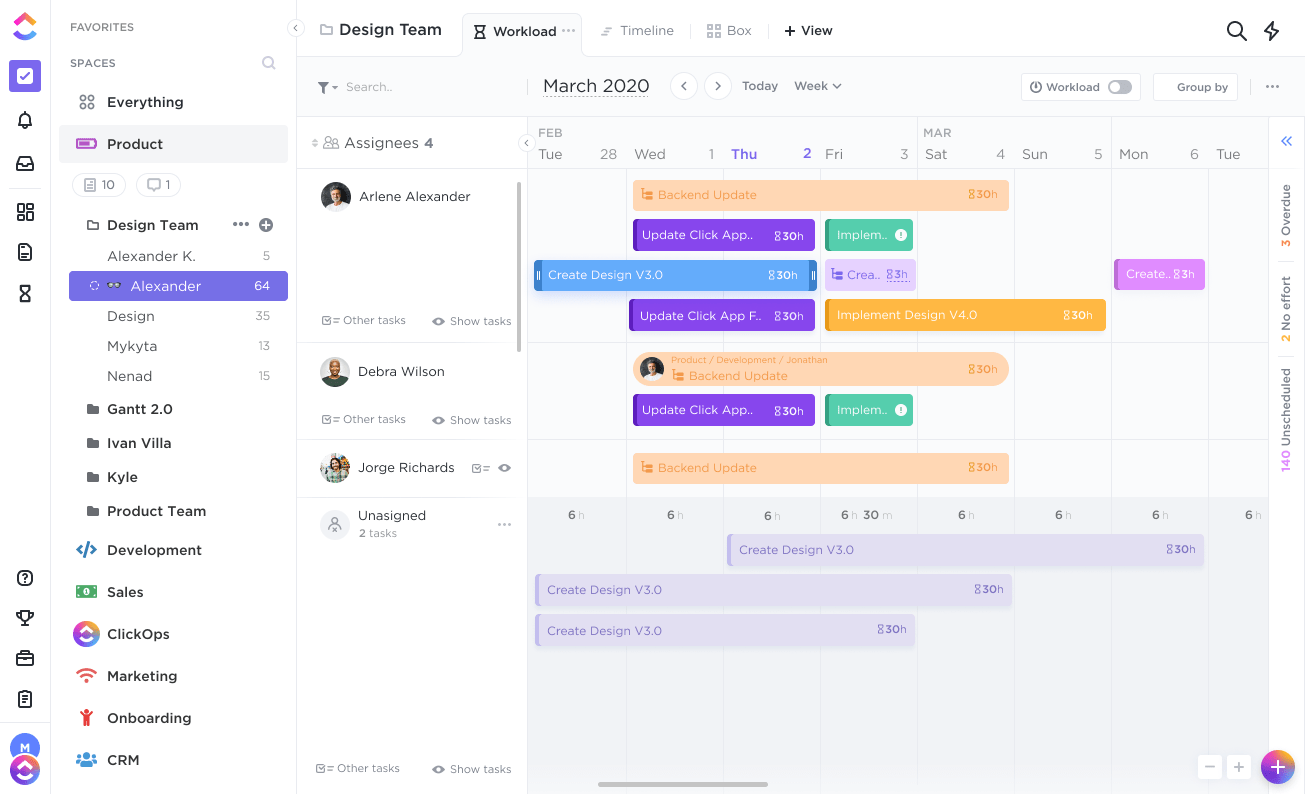
Another option if you’re working on creative developer projects is to use the systems development life cycle (SDLC), a conceptual planning model that addresses the design, development, testing, deployment, and maintenance of a system or product.
Creative Project Manager‘s Responsibilities
Creative project managers have a unique position within organizations and agencies. You guide processes, track the project’s progress, and foster a creative environment that encourages your team to develop great ideas. 💡
While planning the project timeline, you also build collaboration, create transparent processes, and schedule brainstorming sessions where team members can ideate.
As a result, teams are expected to provide deliverables on time, but how they get there is a more creative, flexible, and adaptable approach.
Here are the key responsibilities and skills required for a creative project manager:
- Managing clients: Creative project managers don’t just manage team members. You also have to manage client expectations and communications at every stage of the project
- Onboarding: Whether it’s hiring freelancers with design certifications or a new team member with extensive coding knowledge, creative project managers need to onboard employees. That typically involves adding them to the project management software, connecting them with human resources, and finalizing contracts
- Problem-solving and conflict resolution: A key responsibility is ensuring nothing delays or derails the project. That means handling internal team conflicts as well as developing creative solutions to issues in the supply chain or allocating resources
- Reporting and reviewing: Creative project managers play an active role in reviewing mock-ups and drafts while also reporting regular updates to the client
- Progress tracking: Tracking progress from initiation to execution is key. That involves staying on top of each team member’s progress as well as the entire project process as a whole
Process and Lifecycle of Creative Project Management
The creative project management framework adapts as projects progress from brainstorming to wireframing and final delivery.
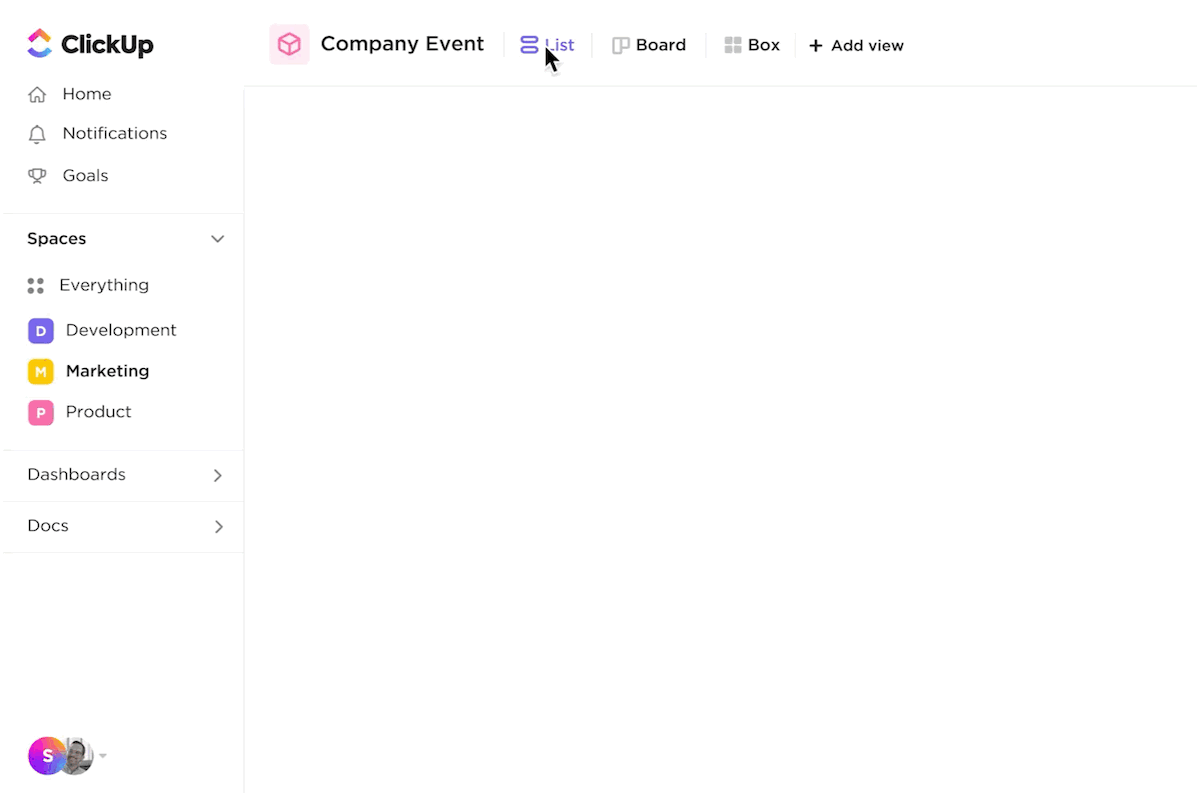
Here are the four stages of the creative project management lifecycle and what to expect at each step. 🎨
Initiation
All creative projects begin with an initiation phase. Think graphic designers creating imagery for advertising campaigns, copywriters writing branding content for a script, or web designers building a website from scratch. It’s all about laying the foundation for a successful project.
Early on, the team will create a project charter, with buy-in from stakeholders, and list the goals and objectives of the project. You’ll define the scope of the project, including expectations and deliverables.
Cover these items to create an effective project scope:
- Deliverables: These are the items the client expects to receive at the end of the project, like a website wireframe, digital media files, or a product
- Project timeline: As a manager, you know how important a timeline is for a project’s success. Create an expected timeline to keep everyone on track
- Milestones: These are key events that should not be missed. Early on, set milestones—like a V1 product or staged website—to highlight important events in the project scope
- Reporting and communication plans: Along the way you’ll need to keep the client updated on the project’s progress. Create a framework for reporting practices and create communication plans to provide feedback from initiation to completion
- Budget: Create a detailed breakdown of the project budget and expected costs. Include language for handling additional work not discussed in the project scope
Planning
The planning stage involves taking the project scope and breaking it into workflows and tasks for each team member. At this stage, start planning the creative process and streamline workflows using creative project management software like ClickUp. The software offers various views, including Kanban boards, Gantt charts, and Calendars to build the project timeline.

With design project management tools, set goals and milestones and start planning your roadmap to success. Consider the capacity of your team members and break down tasks based on skill sets. Decide who will be accountable for what parts of the project and consider whether you need to hire freelancers or additional team members.
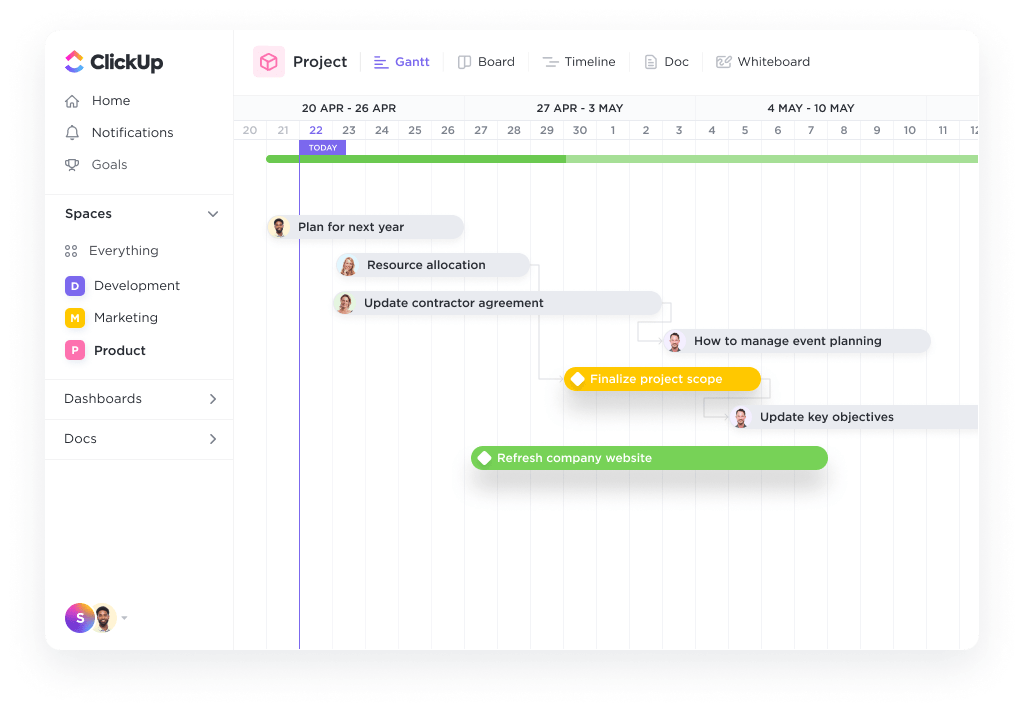
Execution
This is all about task management, team collaboration, and getting stuff done. Prioritize tasks, resolve bottlenecks as they arise, and celebrate small wins.
Make this stage easier by using time-tracking tools and regular check-ins so team members stay up-to-date and on track with the project timeline and any issues. Offer time management support by readjusting workflows and schedules if a task takes longer than expected.
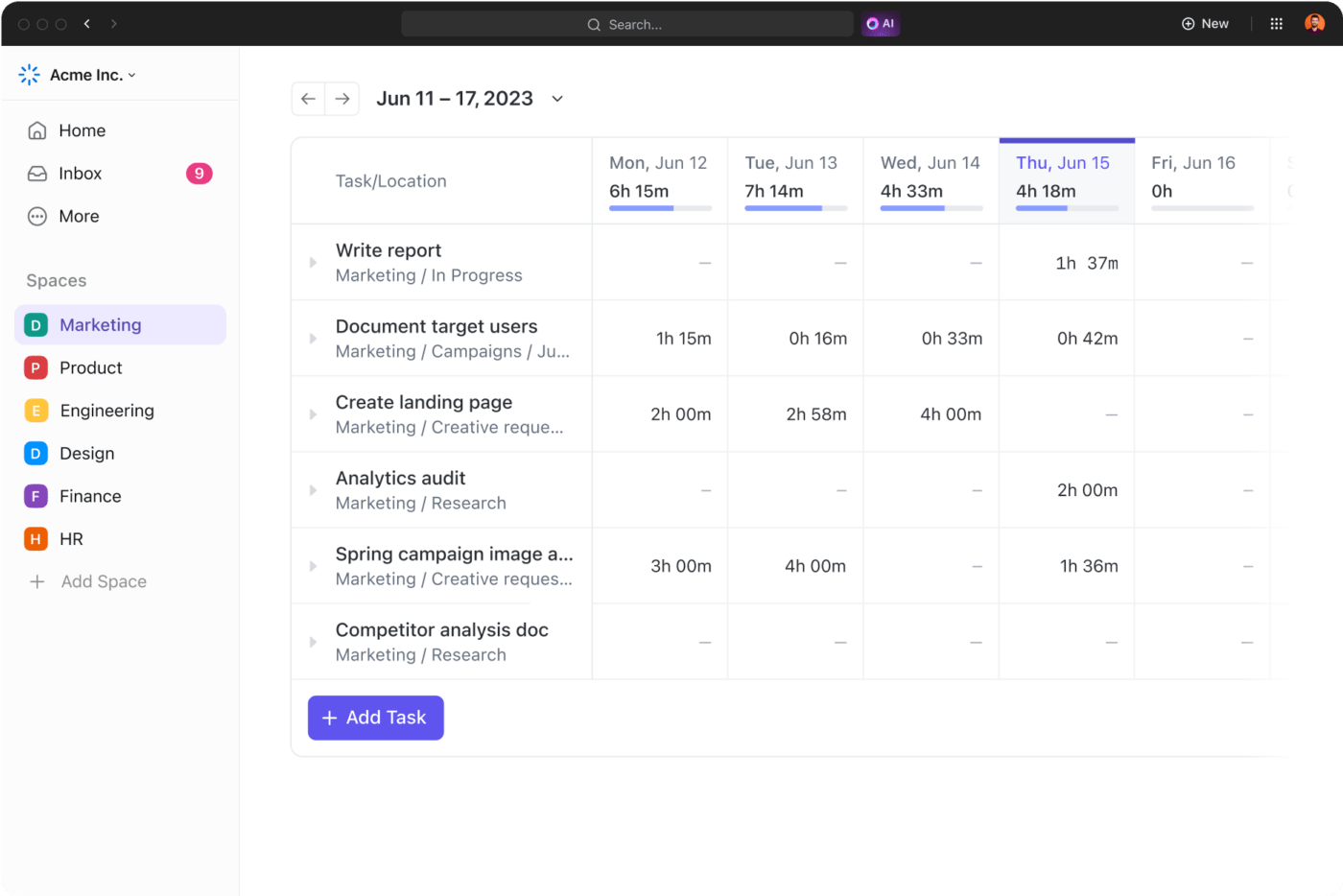
Track progress by updating task statuses as work gets completed. Use dashboards and board views to segment work in progress, under review, or coming up. Get real-time project progress with notifications and monitor the creative workflow to ensure nothing falls through the cracks.
Creative signoff
You did it! The project’s done, and it’s time to deliver it to the client. At this stage, it’s essential to review the completed work and ensure all deliverables have been met. Next, you’ll send the project items to the client for review.
If all is good, go ahead and celebrate a successful creative project. Sometimes, you may need to make a few revisions or minor changes before closing out the project.
Creative Project Management Tools and Software
To make your life easier, there are several creative project management tools and software to streamline everything from ideation to workflows and reporting.
ClickUp’s project management software provides an all-in-one platform for your creative team’s needs. ✅
Use the built-in ClickUp AI features to generate product ideas, brainstorm creative designs, or grab summary notes from your discussions with the team. Quickly plan and prioritize your initiatives by setting goals and building workflows all in the same space.
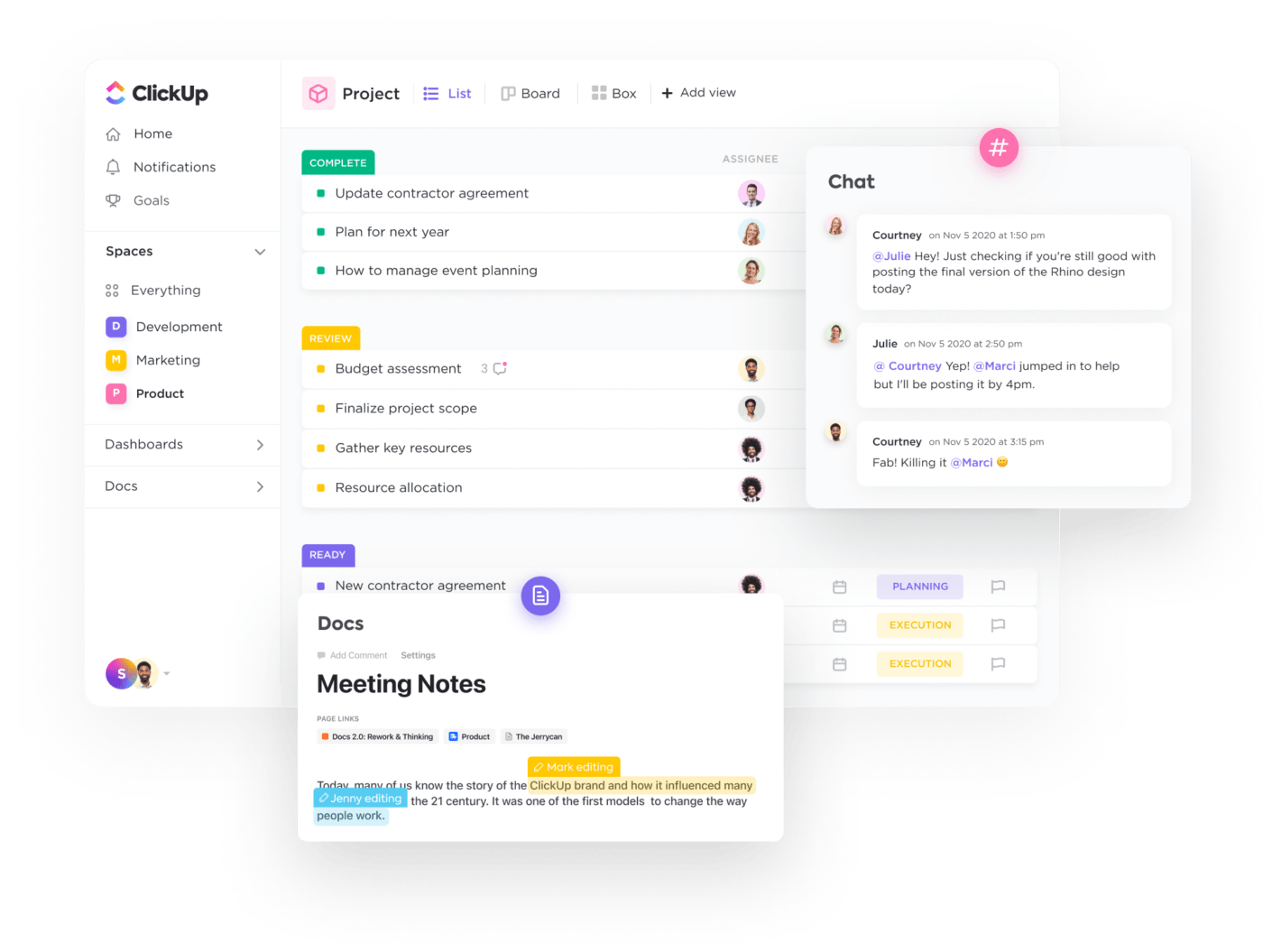
ClickUp makes team collaboration more accessible than ever. Use ClickUp Docs to store creative project SOPs and hop into the Chat feature to share instant updates with relevant team members.
ClickUp for Creative Agencies brings your design processes into one space. Use Whiteboards to generate ideas on a creative canvas and instantly assign tasks based on those ideas. Proofing is painless thanks to in-app markup and feedback features. Use permissions to add guests (like the client) to the project and allow them to see the items that matter to them and nothing more.
Make your creative process more fun and engaging with access to more than 1,000 templates. There are even planning templates like ClickUp’s Creative Project Plan Template to save you time when drafting procedures.
The Benefits and Challenges of Creative Project Management
If you’re ready to take on creative project management, there are several benefits and challenges. Here we’ll cover the top reasons for implementing processes and procedures to streamline your creative projects and address these challenges. 🙌
Benefits of creative project management
While creative project management takes time, you’ll find several benefits by implementing a successful framework.
Here are some of the top benefits of creative project management:
- Streamlined workflows: With software and a little planning, you can automate creative work for the project team, instantly assigning tasks and ensuring everyone knows who’s responsible for what work
- Clearer project goals: Established processes make it easier for the team to understand the project goals—and what’s expected of them
- Agile processes: Creative management processes offer a flexible work environment where creative people develop their best ideas without feeling burdened by processes
- Better resource management: Planning the creative process means you’ll have better control over asset management and can create decision-making processes to ensure resources are used appropriately
Challenges in creative project management
The benefits are clear, but there are also some pitfalls to be wary of. Naturally, these challenges may affect the success of your project and a client’s satisfaction. Creative project management faces challenges due to your internal team and their needs.
Common obstacles in creative project management include:
- Project scope changes: Creative projects are unpredictable, and clients may want more as the project develops. Project creep—where more work is required than initially planned—impacts your budget and ability to meet expectations. Indicate how additional work outside the project scope will be handled when drafting the contract with the client to avoid this
- Miscommunication: With multiple team members working on different things, it’s easy for things to fall through the cracks or for miscommunications to occur—like failing to provide updates or request changes from the right person. Establish communication plans and build systems of accountability so team members know who to contact
- Work environments that are too rigid: Creative projects need flexibility to thrive, but many processes also require some rigidity. The key here is finding a balance between freedom of creativity and setting expectations and guidelines
- Not setting clear expectations: A client must be happy with the deliverable. If you didn’t clearly state what the client will receive during the initiation stage, you may have issues when it’s time for them to sign off on the work. Set achievable and realistic deliverables and regularly communicate with the client to avoid this problem
Case Study: Examples of Creative Project Management
Want to know how creative teams use ClickUp to manage all kinds of projects? Look at how Trinetix leveraged the features of ClickUp to scale its creative efforts in this breakdown of the case study. 🏆
Trinetix is an information technology company helping top-of-the-line clients through mobile app development, design, and intelligent automation.
However, inefficient processes kept the team from doing their best work and scaling the company’s offerings. There was confusion in their onboarding system; they were juggling multiple tools that didn’t work well together, and they were wasting time dealing with these obstacles.
Their main goal was to find a tool that did it all. That’s why they chose ClickUp to streamline and simplify their creative processes. Now, Trinetix uses ClickUp as an all-in-one solution to create visual plans for team member career paths, automate workflows, simplify hand-offs, and centralize essential company documents.
Use ClickUp to Support Your Creative Team
Creative project management involves creating processes and procedures that let your team develop the most innovative ideas. From initiation and planning to execution and client signoff, these processes guide every aspect of your team’s efforts.
Sign up for ClickUp and start building a better creative project management framework. With tools like task automation, dashboards, and documentation hubs, it’s easier than ever to get the team aligned and supported to deliver great results. ✨
Common FAQs
1. What are the 3 crucial keys to creative project management?
Three crucial keys to creative project management are setting measurable goals, planning and assigning tasks to relevant team members, and using tools to track progress.
2. What is creativity in project management?
Creativity helps project managers resolve complex problems, develop unique solutions to bottlenecks, and develop innovative ideas that better serve clients.
3. What are the 3 important things in project management?
Three essential things in project management are planning, goal setting, and tracking. A project manager must plan the project’s scope, including deliverables and goals. They must also map out workflows and assign tasks while tracking progress at every project stage.



